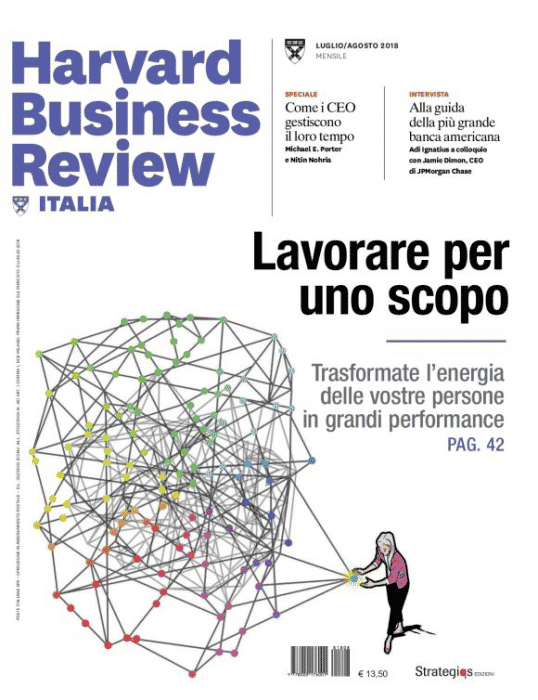
Knowing Facial Expressions Improves Emotional Skills
5 July 2018
The Grammar of Relationships: a strategic approach to communication
11 July 2018Finding the balance between emotions and reason

For many years, we have been questioning how best to interpret the training needs that companies express to us.
Finding the most effective solutions to meet their demands is the essence of our job, a task that is easy enough when the client is able to define with sufficient precision the objective they wish to pursue.
But, as every year, we know that this may not be enough.
Our customers’ requests almost always concern concrete needs, specific topics and objectives; it is up to us to try to understand what lies behind their words, because understanding whether something is changing in the way training is strategic for our work.
Change processes manifest themselves through weak signals, it is rare that they are made explicit; the most difficult, but at the same time the most fascinating part, is trying to understand and interpret these changes.
It is widely believed that in the next 10 to 15 years we will witness radical transformations in the world of work; as we know, all this is linked to the processes of digitisation and increasingly driven forms of automation due to advances in artificial intelligence.
We have always been concerned with people, building development paths geared towards improving their skills, and it is precisely by listening to people that we have picked up on two main trends, which only at a superficial glance may seem completely antithetical.
The first trend is represented by all those demands that originate from a quest for maximum efficiency, especially with regard to time resources.
Training must then be rapid, concise, incisive, concrete, immediately applicable in everyday reality: micro-learning, training pills, FAD, short meetings on specific topics, team coaching activities aimed at problem solving.
Generating quality is always possible, but pushing too hard on these solutions is often indicative of a ‘stressed’ organisational culture which, fearing the obsolescence of knowledge, favours speed and the continuous search for the new at the expense of depth and consolidation of skills.
This is why we do not feel any surprise when we receive requests from many quarters aimed at seeking balance and wellbeing in people: mindfulness, emotional awareness, non-violent communication, etc.
This, in a nutshell, is what this year’s ‘training bulletin’ tells us. These are probably premonitory signs of a season of great change, during which we will have to take even more care of people, in the search for the best balance between emotions and reason in order to face the challenges of the future effectively.



